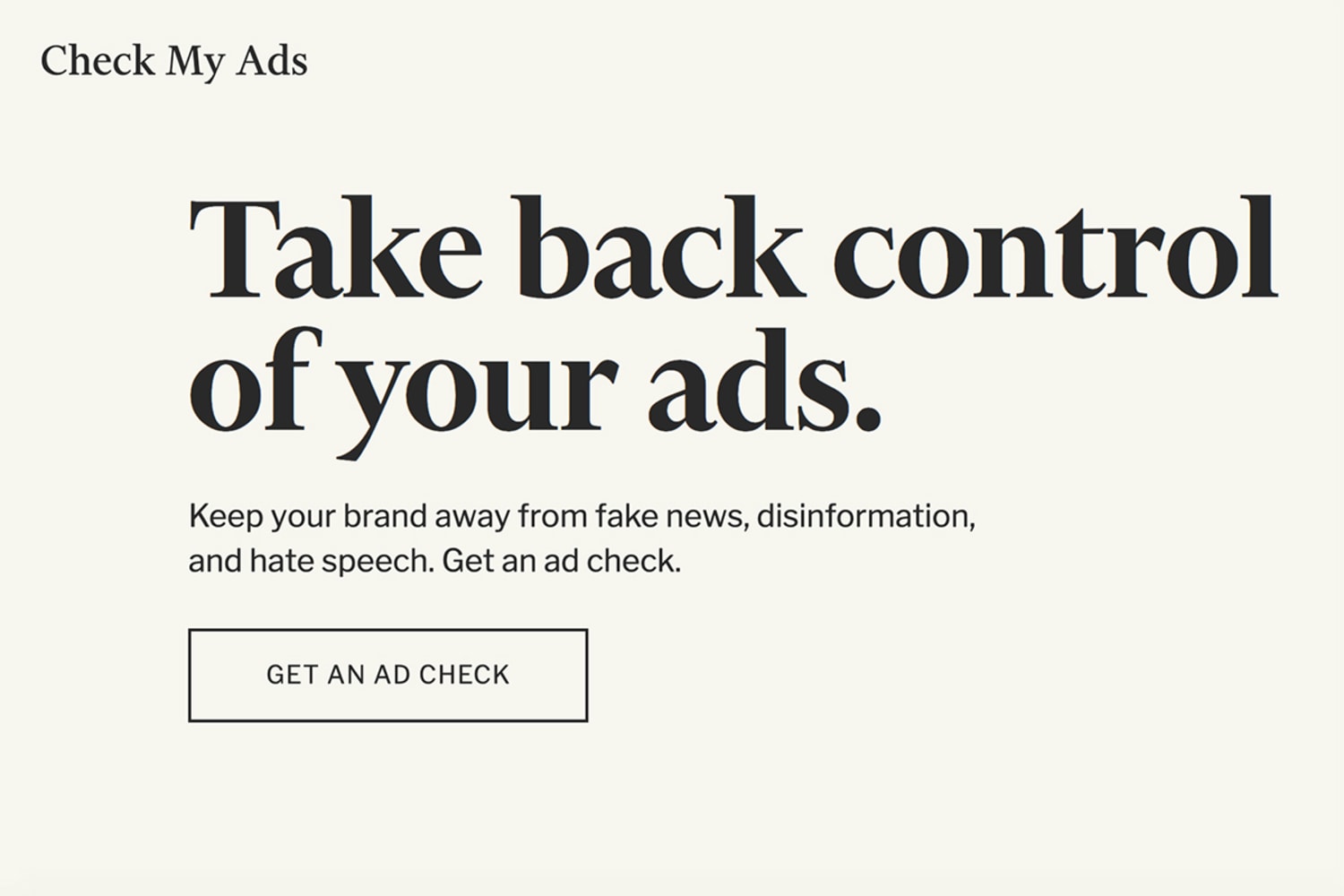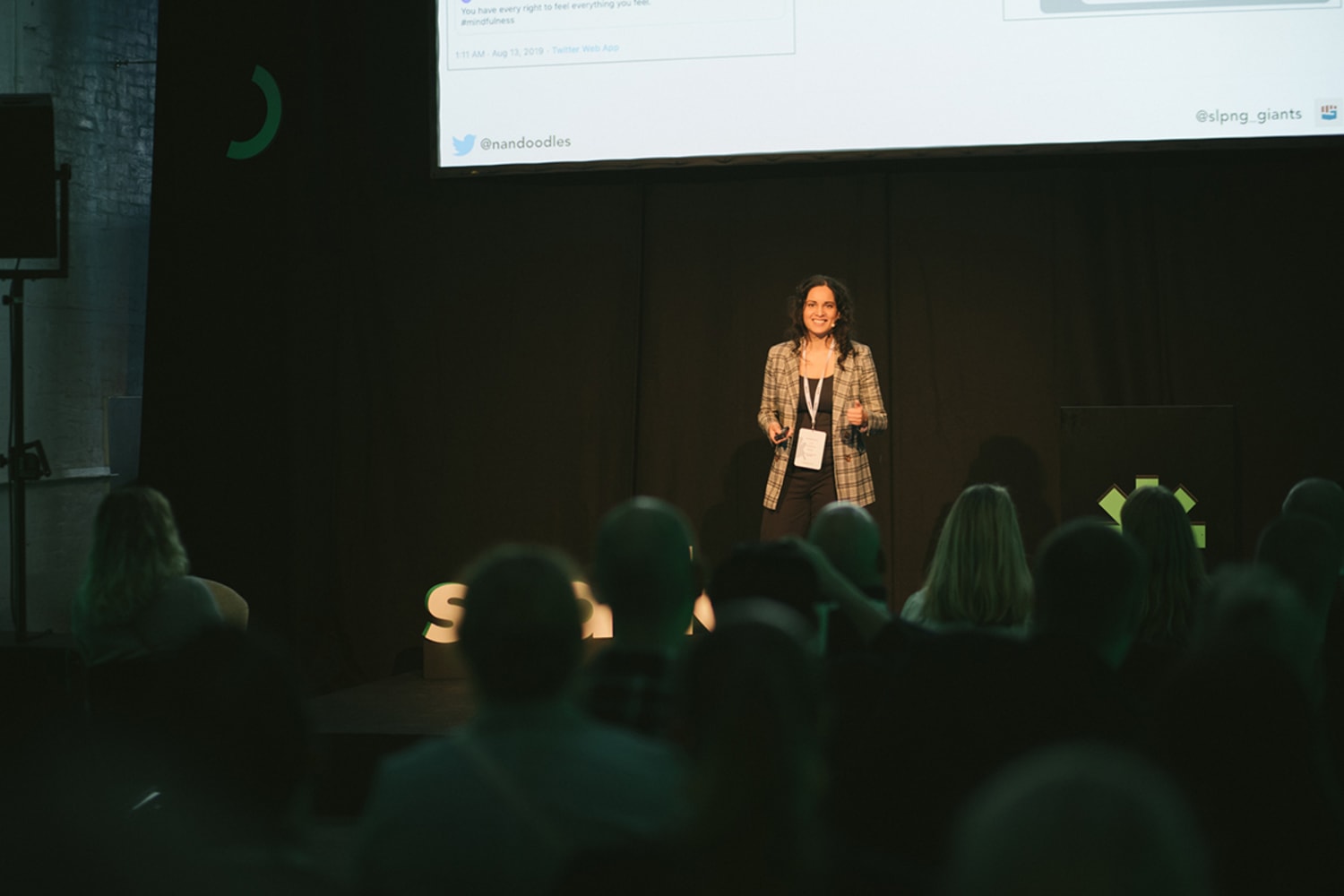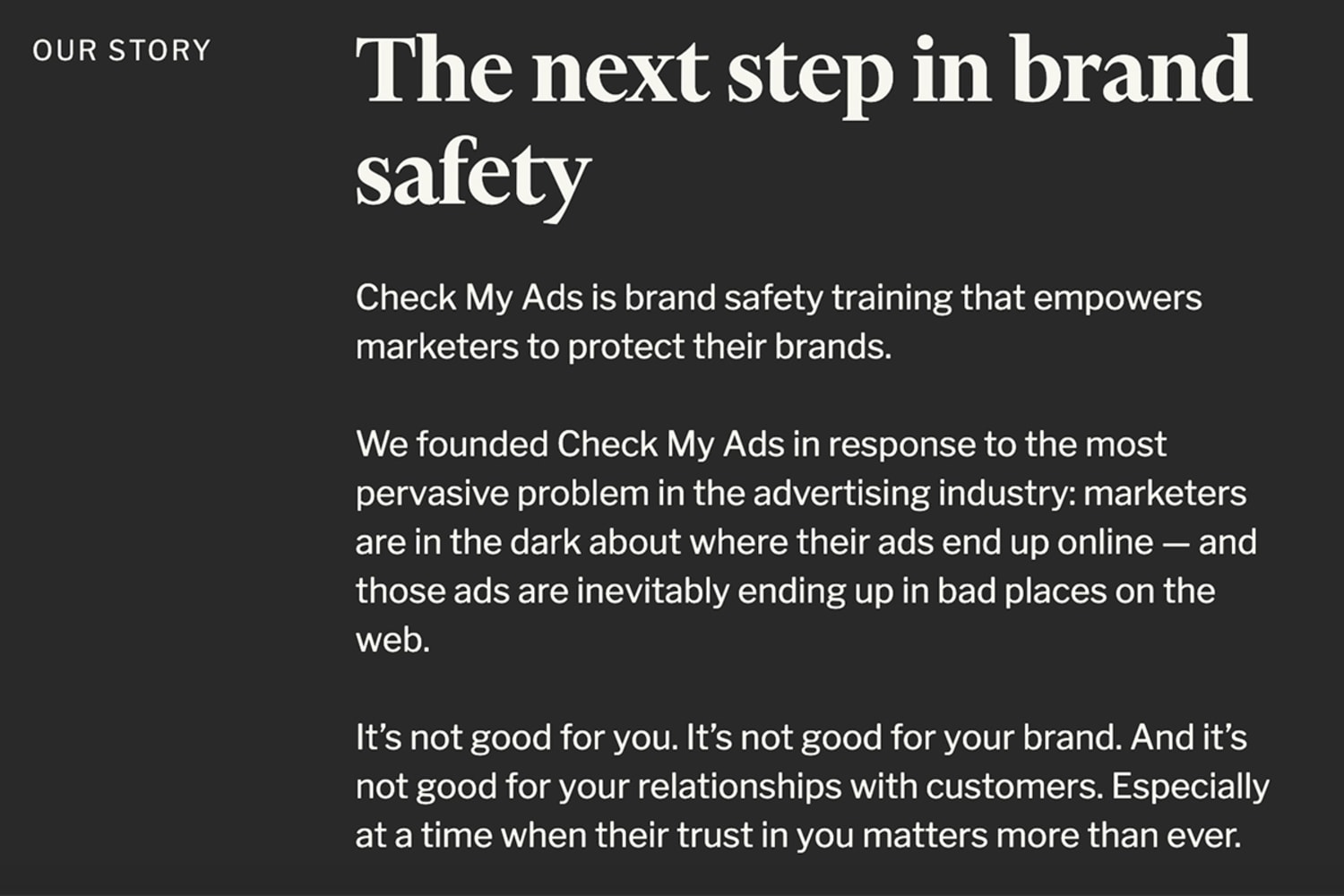The modern brand-consumer relationship has outgrown its traditional structure. Consumers are no longer turning to brands simply to fill a product-shaped need, they’re also looking for philanthropic behavior, corporate accountability, ethical commerce and even life advice.
Amidst this shifting landscape, veteran marketer Nandini Jammi noticed a fatal flaw in brand strategy: while a brand’s messaging may align with its values, the places where its advertising appears is undermining it. To fix this, she and cofounder Claire Atkin launched their brand safety consultancy Check My Ads in June 2020.
With the launch, Jammi, who has been recognized by Business Insider as one of the industry leaders “fixing” digital advertising and named a DigiDay Changemaker, hopes to forge a new path forward for brands and advertisers.
Below, she catches up with us about how brand safety is inextricably linked with brand success, advertising landmines and the table stakes for brands in 2020.
What was your inspiration for launching Check My Ads?
The story [of how Check My Ads started] actually starts with Sleeping Giants. In 2016, I went to Breitbart.com for the first time, saw an ad for Old Navy, and thought to myself, “I don’t think these guys know they’re on a site like this.”
As a marketer, I knew that they probably didn’t know where their ads were appearing. That’s how programmatic advertising works; you just turn on your ads on Google or Facebook audience network and then your ads could appear anywhere on the internet. You’re not manually placing those ads.
So, Sleeping Giants began as an idea that if we tweeted at these brands to let them know their ads were funding this bigoted website, they would take them down. It worked really well and we ended up growing a community of nearly 400,000 followers who helped us notify companies everyday.
Marketers realized for the first time that they didn’t know where their ads were actually being placed. Even the UK government found out their ads were funding terrorist content. It was extremely embarrassing at best and dangerous at worst. I thought that this was a big enough deal that the ad industry would figure out a solution soon.





